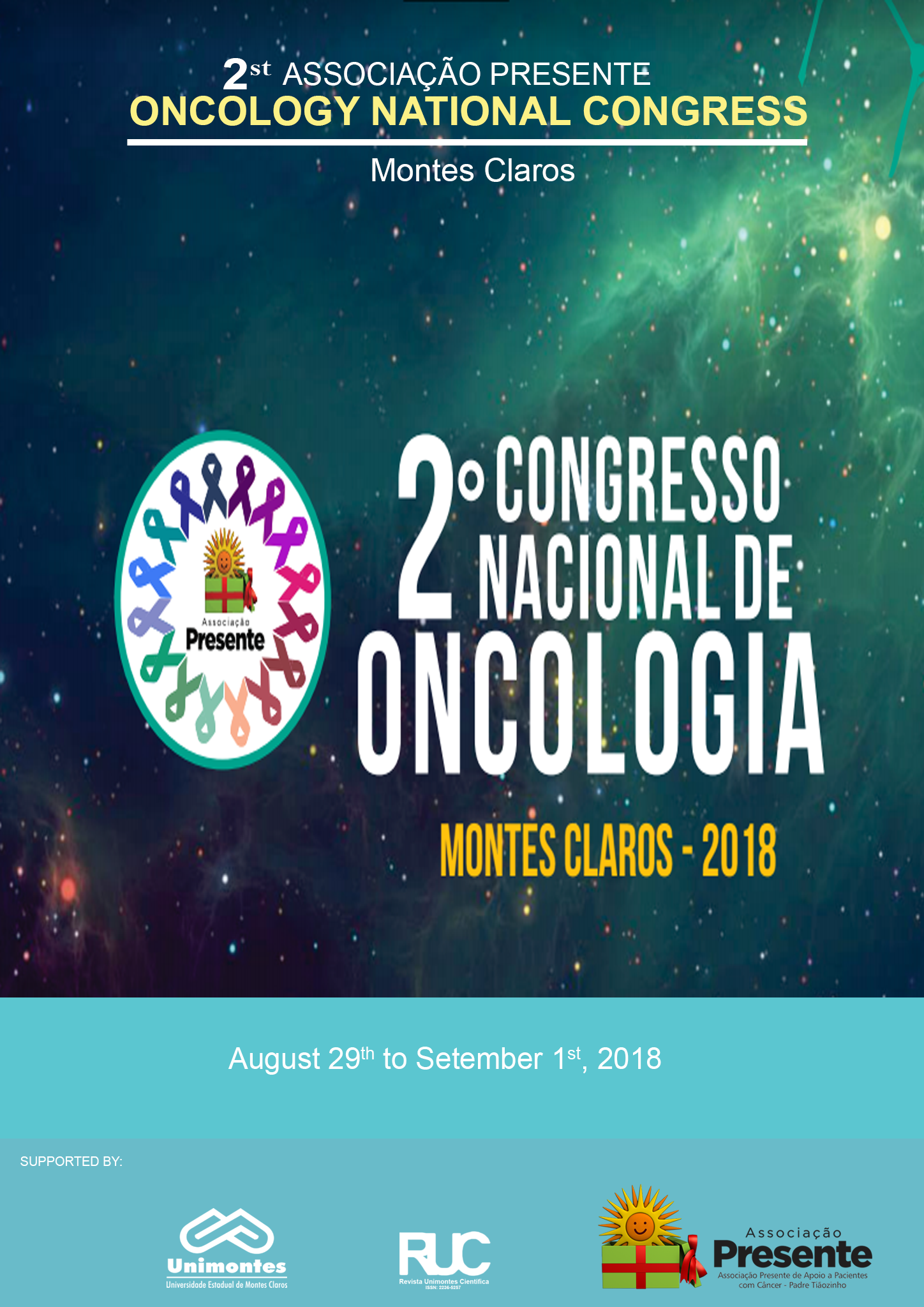Prevention and early diagnosis save men’s lives in the north of Minas Gerais
Palavras-chave:
Prostate cancer; Early diagnosis; Health promotion; Câncer de próstata; Diagnóstico precoce; Promoção à saúde.Resumo
MUTIRÃO DE PREVENÇÃO E DIAGNÓSTICO PRECOCE SALVA VIDAS DE HOMENS NO NORTE DE MINAS GERAIS
Resumo: Objetivo: descrever o perfil clínico, epidemiológico e sociodemográfico da população masculina assistida pela tenda da urologia no 8º Mutirão de Prevenção do Câncer e Diagnóstico Precoce no município de Montes Claros. Metodologia: estudo descritivo e quantitativo realizado com dados obtidos a partir dos registros de atendimentos feitos à população assistida pelo Mutirão de Prevenção ao Câncer no ano de 2018. Os dados foram apresentados em gráficos. Para tabulação e análise fez-se uso do software estatístico Statistical Package for the Social Sciences (SPSS). Resultados: Na tenda da urologia do 8º Mutirão de Prevenção do Câncer e Diagnóstico Precoce foram atendidos 572 indivíduos com média de idade de 60,7 (±5,9) anos, dos quais mais da metade (66,8%) era casada ou com união estável e possuía escolaridade de até ensino fundamental (68,1%). As avaliações identificaram 151 homens com próstata aumentada. Em 26 homens (4,6%) havia nódulo. 48 toques alterados, dos quais 39 foram biopsiados e 16 casos confirmados de adenocarcinoma da próstata. Conclusão: O Mutirão de Prevenção e Diagnóstico Precoce do Câncer promoveu o rastreamento e o diagnóstico precoce do câncer de próstata, por meio da coleta do antígeno prostático específico (PSA), seguida de avaliação com os urologistas, que ao identificarem alterações importantes em parte da população masculina examinada, evoluíram para biópsia e os casos confirmados, para o tratamento oncológico específico.
Abstract: Goal: describe the epidemiological profile of the men’s population assisted by the tent of urology in the 8th Campaign of prevention and early diagnosis of cancer in the municipal of Montes Claros, Minas Gerais and show the changes identified.
Methodology: A descriptive and quantitative study carried out with data obtained from the care records from the population assisted in the Campaign of 2018. The data were presented in graphs. For tabulation and analysis, SPSS statistical software was used.
Results: In the urology tent 572 individuals with the average of 60,7 years were assisted, in which more than half (66,8%) were married or with a stable relationship and had education until elementary school (68,1%). The evaluations identified 151 men with enlarged prostate. In 26 men (4,6%) there was node. 48 digital exams were altered, where 39 were biopsied and 16 cases confirmed prostate cancer.
Conclusion: The Prevention and Early Diagnosis of Cancer Campaign, promoted tracking and the early diagnosis of prostate cancer, through the collection of PSAs, following the evaluation of the urologists, that when identifying significant changes in some of the men assisted population, progressed to biopsy and confirmed cases for specific cancer treatment.












